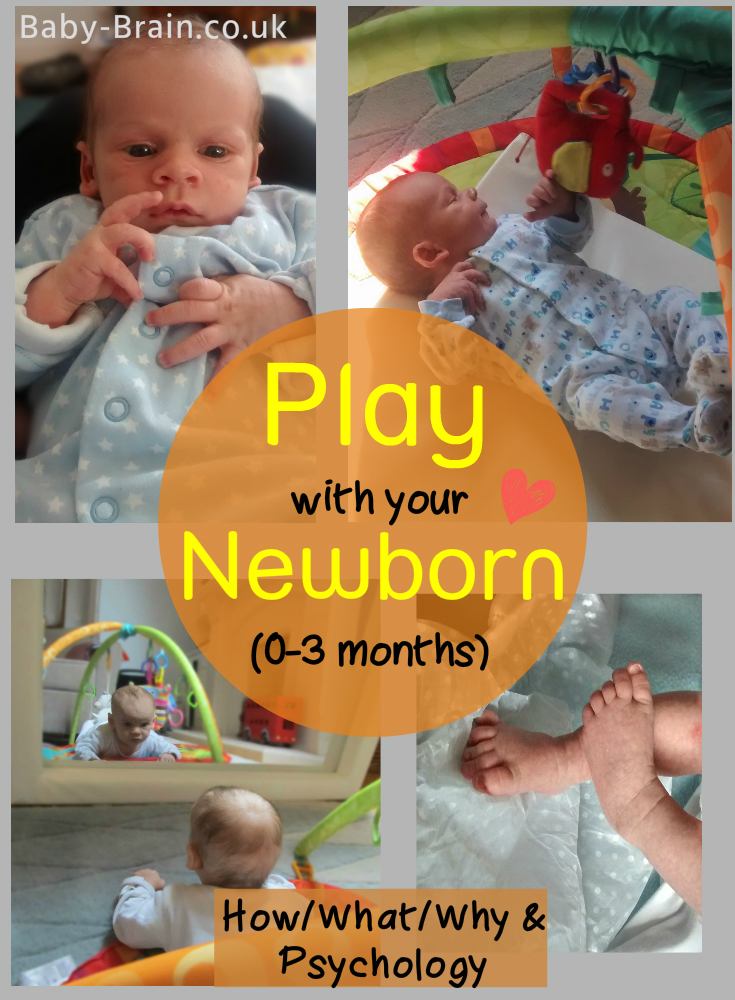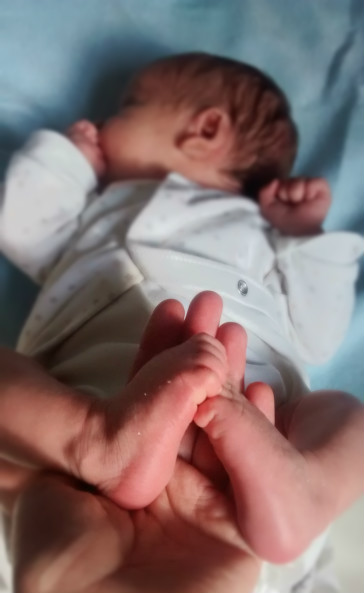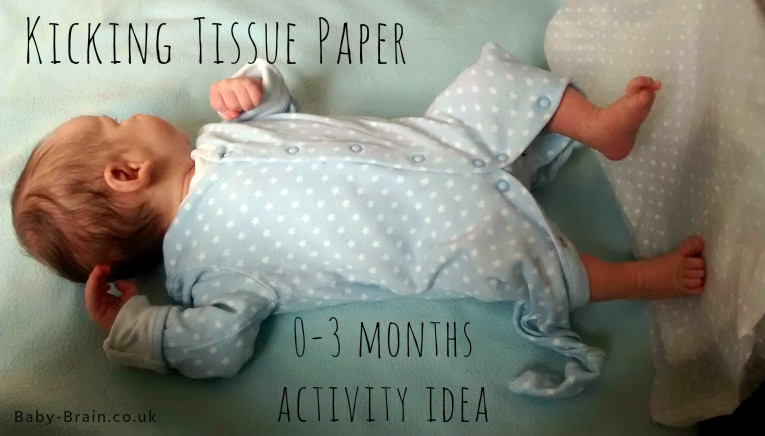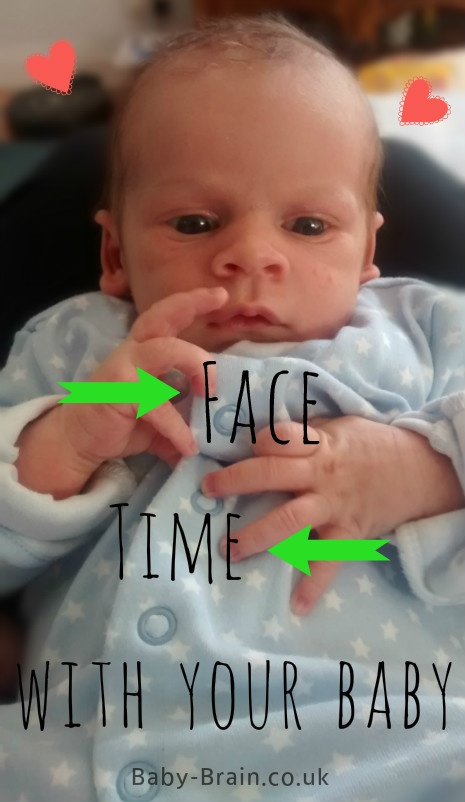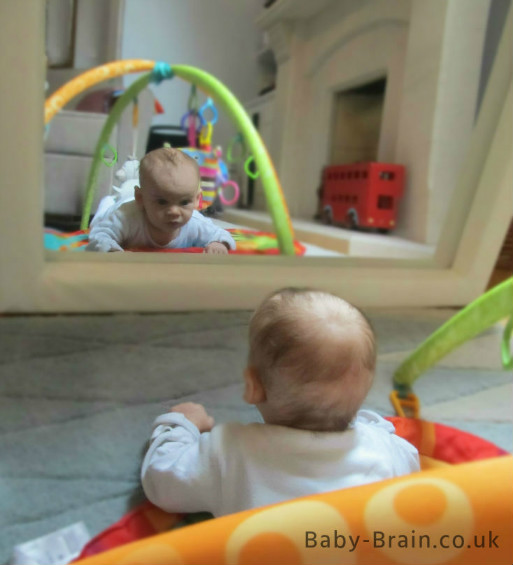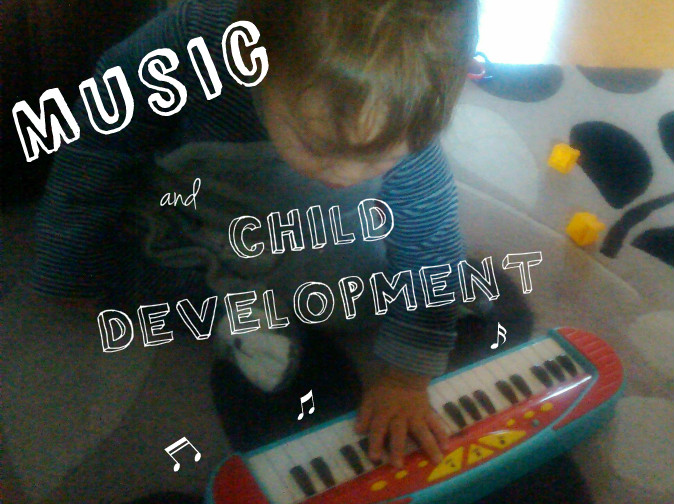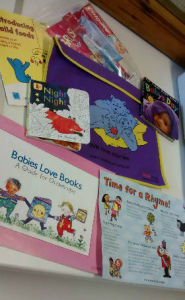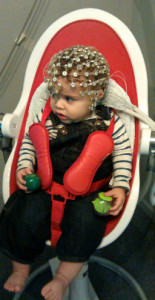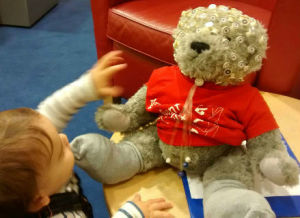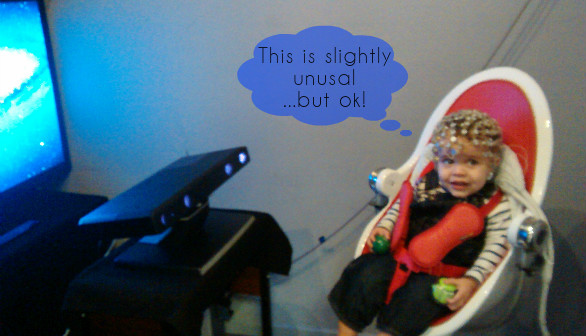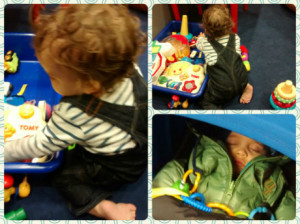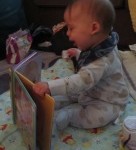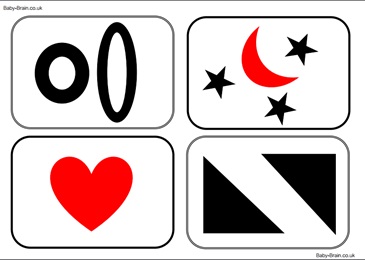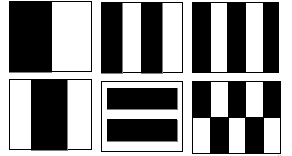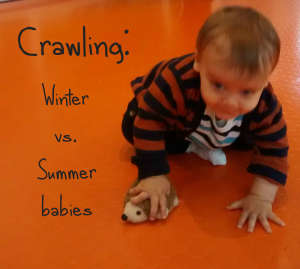…
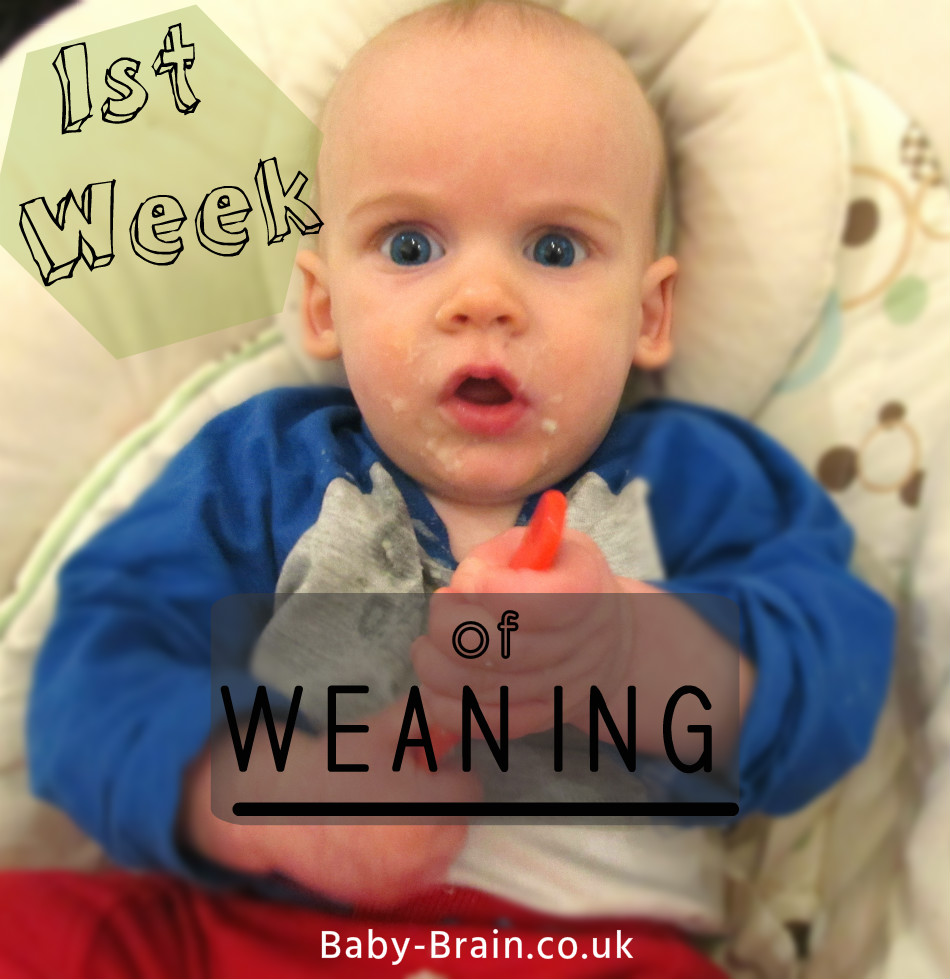
The first week of weaning: what we ate and why
So, we are 6 months old!
I tried to go away for the weekend. The baby did not like it. He wanted to be fed and wanted me there. I had to come back slightly early. Then I realised (slight second baby syndrome related delay about this) that hey he’s 6 months now and so I should think about weaning (also known as “complementary feeding”, CF).
When is baby ready for solids?
The NHS writes that:
Every baby is an individual, but there are three clear signs that, together, show your baby is ready for solid foods… It’s very rare for these signs to appear together before your baby is six months old.
1. They can stay in a sitting position and hold their head steady.
2. They can co-ordinate their eyes, hands and mouth so they can look at the food, pick it up and put it in their mouth, all by themselves.
3. They can swallow food. Babies who are not ready will push their food back out with their tongue, so they get more round their face than they do in their mouths.
(http://www.nhs.uk/conditions/pregnancy-and-baby/pages/solid-foods-weaning.aspx)
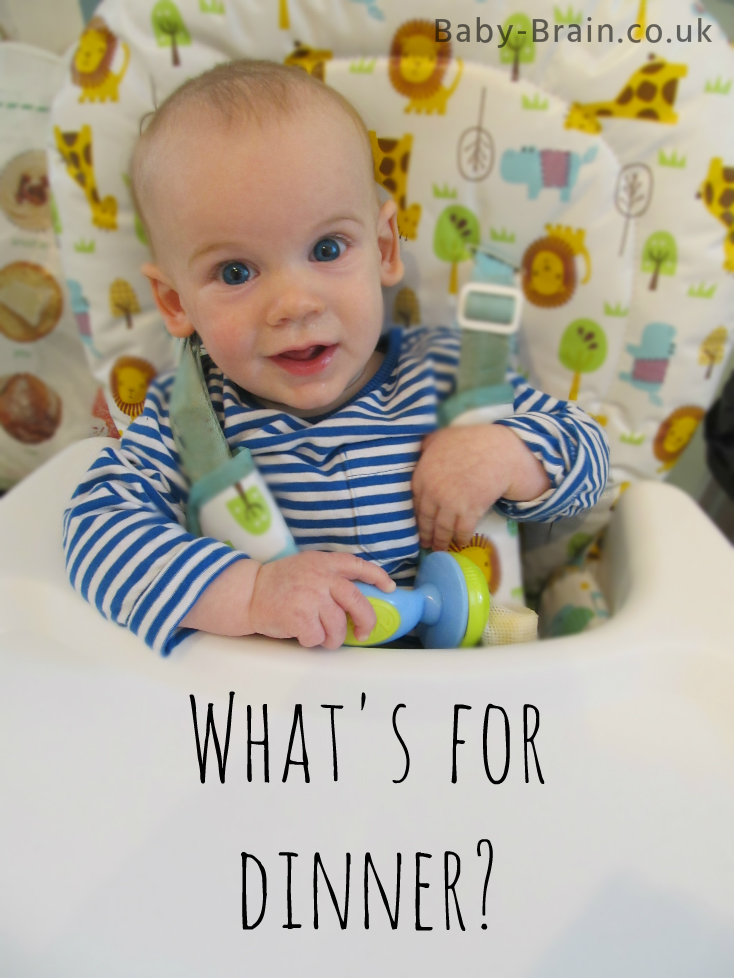
What you feedin’ me?
Where to start?
Question: How do you get your child to eat vegetables?
Answer: …feed them vegetables!
Some research suggests introducing vegetables in the first few weeks of weaning. Infants may be more willing to try and like new vegetables if vegetables are offered in the first few weeks of weaning – a variety of vegetables, both bitter and sweet, and trying each one a few times because baby may initially dislike or refuse to taste it (as discussed in this article here by Nicola Slawson, 2015). One study (3) reported that
Early exposure to a rotation of vegetable flavours first added to milk then to cereal increased intake and liking of these vegetables during CF [complementary feeding]
Why start with vegetables? – The first few years of life are important in terms of developing healthy eating habits (1) and new foods are more readily accepted in those early years (2). Once a food habit is established they tend to be quite stable (3). So introducing vegetables at the start of weaning/CF might make it more likely for the child to like and accept vegetables as they grow older
Several studies have now shown that CF with vegetables facilitates liking and intake of vegetables compared to CF with fruit (a, b, cited in Hetherington et al. 2015)
What helps a kid to like vegetables? Hetherington and colleages (3) report on different methods such as “stealth” to disguise vegetables in food, or adding other flavours that the child already likes. However, the most successful strategy in promoting vegetable eating is
Mere or repeated exposure…
…Early and repeated experience with vegetables serves to increase acceptance
So basically, giving them the vegetables, again and again, to promote “familiarity” (4) and “learned safety” (5). Vegetable presentation needs to be rotated with daily variety, in addition to the exposure (6). Hetherington et al (3) also report that adding vegetables to familiar and liked foods such as milk and cereal facilitated intake and liking of the vegetable. Adding milk to the vegetable can reduce any bitter or sour tastes due to the sweetness in the milk (both breast and formula milk) and dilution effect of adding it (3).
Our first foods

Banana in a mesh self feeder
We started with baby rice mixed with his usual milk. In the first week we then moved on to a few spoonfuls of:
-
Cauliflower purée (mixed with his usual milk)
-
Avocado (in a mesh self feeder, see picture)
-
Banana (yeah I know this isn’t a vegetable but it was easy to put in the mesh self feeder)
-
Parsnip purée
Future planned foods for week 2:
-
Broccoli
-
Carrots
-
Potato
-
Butternut squash
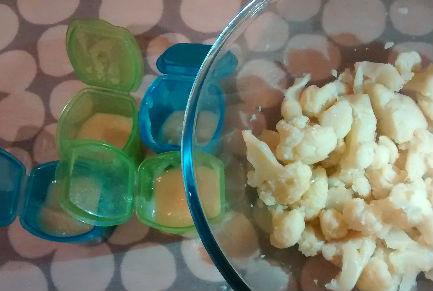
Cauliflower Purée
The weaning plan (read more on this useful sheet here):
-
Offer one vegetable at a time
-
Offer a variety of vegetables (because of issues as discussed above)
-
Repeated exposure, to vegetables! Keep trying and offer the food a good few times even if baby doesn’t seem to like it at first (increases chance that baby will eventually accept the food (7) )
References:
References 1-6 cited in Hetherington et al., 2015:
- Cashdan, E. (1994). 1994. A sensitive period for learning about food. Human Nature, 5 (3), pp. 279–291
- Lange, M. Visalli, S. Jacob, C. Chabanet, P. Schlich, S. Nicklaus. (2013). Maternal feeding practices during the first year and their impact on infants’ acceptance of complementary food. Food Quality and Preference, 29 (2), pp. 89–98.
- Hetherington, M. M., Schwartz, C., Madrelle, J., Croden, F., Nekitsing, C., Vereijken, C.M.J.L. & Weenen, H. (2015). A step-by-step introduction to vegetables at the beginning of complementary feeding: The effects of early and repeated exposure. Appetite, 84, pp. 280–290
- Zajonc, R.B. (1968). Attitudinal effects of mere exposure. Journal of Personality and Social Psychology, Monograph Supplement 9 (2 Pt. 2), pp. 1–27.
- Kalat,J. W. & Rozin, P. (1973). Learned safety” as a mechanism in long-delay taste-aversion learning in rats. Journal of Comparative and Physiological Psychology, 83 (2) (1973), pp. 198–207.
- Nicklaus, S. (2011). Children’s acceptance of new foods at weaning. Role of practices of weaning and of food sensory properties. Appetite, 57 (3), pp. 812–815
- Maier, A. et al. (2007). Effects of Repeated Exposure on Acceptance of Initially Disliked Vegetables in 7-month Old Infants. Food Quality and Preference 18(8): 1023-1032.
a) Barends, J. de Vries, J. Mojet, C. de Graaf. (2013). Effects of repeated exposure to either vegetables or fruits on infant’s vegetable and fruit acceptance at the beginning of weaning. Food Quality and Preference, 29 (2), pp. 157–165
b) Remy, S. Issanchou, C. Chabanet, S. Nicklaus. (2013.) Repeated exposure of infants at complementary feeding to a vegetable puree increases acceptance as effectively as flavor-flavor learning and more effectively than flavor-nutrient learning. The Journal of Nutrition, pp. 1194–1200

